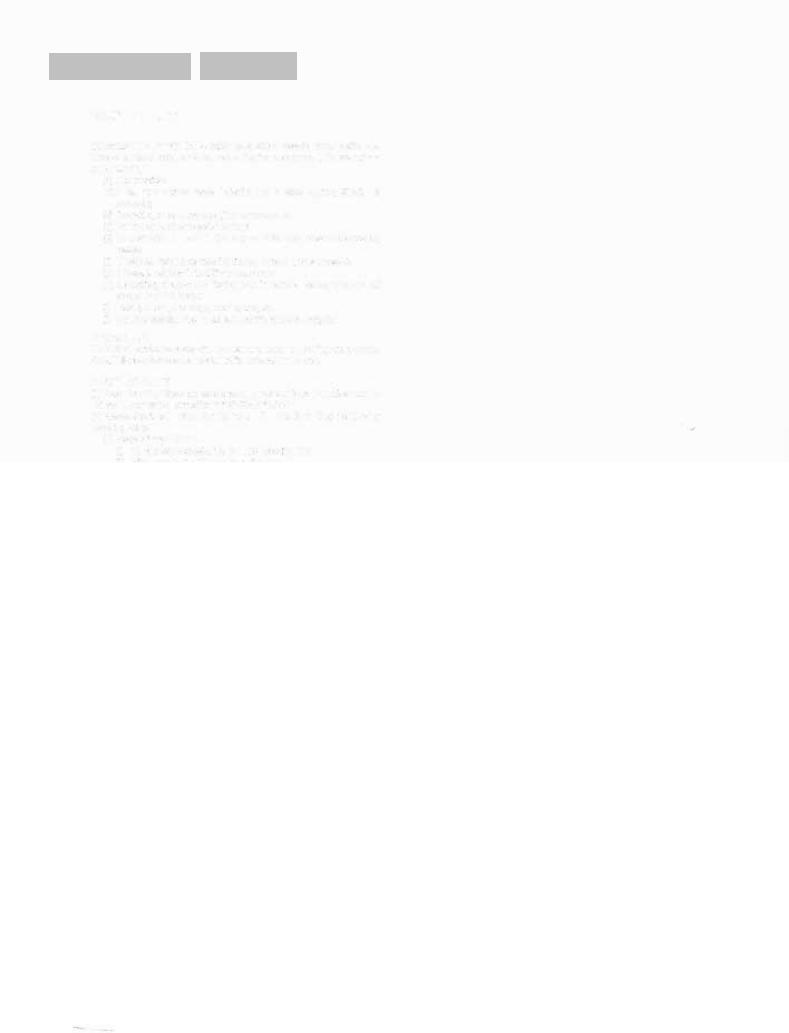
NP 286(3) Mediterranean and Africa
.pdf
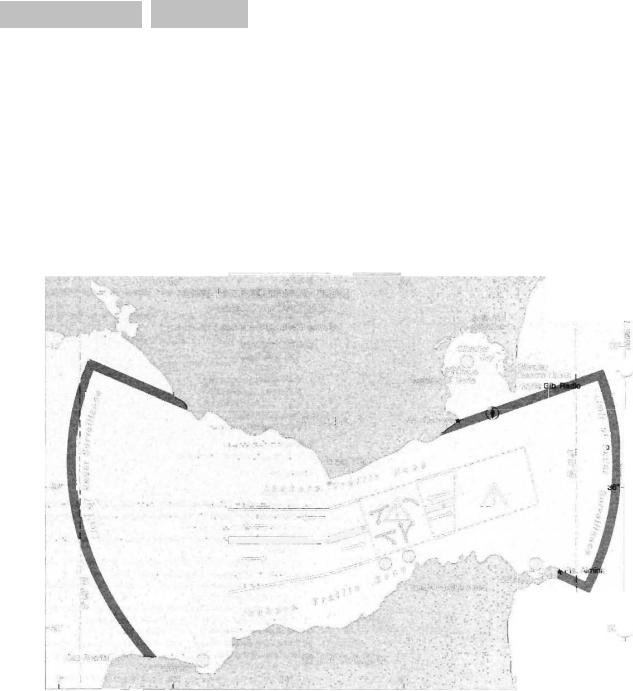

CONTENTS LIST |
|
INDEX |
|
|
|
SHIP REPORTING SYSTEMS
INFORMATION BROADCASTS:
(1) Tarila VTS broadcasts regular information regarding warnings to mariners and traffic, navigational and weather conditions in the area, in Spanish and English.
(2) In addition to the general information stated above, Tarifa Traffic can provide a particular vessel with information regarding the vessel'sposition, course and speed or the identification of the traffic in the vicinity. The vessel should request this additional information.
NOTES:
(1) The shore-based authority is Tarifa VTS which forms part of the Maritime Rescue Co-ordination Centre (Tarifa MRCC) which is also responsible for pollution control (see ALRS Volume 5).
(2) Navtex Service is provided from the same Centre whose identification leller is G (see ALRS Volumes 3 and 5).
SIERRA LEONE
GENERAL NOTES
ISPS DESIGNATED AUTHORITY:
Sierra Leone Maritime Administration.
Telephone: +232(0)22 221211
Fax: +232(0)22 221215
Mobile: +232(0)76 601805
E-mail: slma@sierratel.sl
FREETOWN
UNClAD LOCODE: SL FNA
Pilots
CONTACT DETAILS:
VHF Frequency: Ch 16; 14
HOURS: H24
PROCEDURE:
(1) Pilotage Is compUlsory,
(2) Pilot normally boards off Falcon Bridge Point (8°29'·58N13°13'·95W),but will board at the Fairway Lt buoy if requested 24h in advance.
Port
CONTACT DETAILS:
Call: Freetown Port Control
VHF Frequency: Ch 16; 14
Telephone: +232(0)22250111
+232(0)22 250989
Fax: +232(0)22250616
Telex: +998 3262
E-mail: sierraleoneports@yahoo.com
HOURS: H24
PROCEDURE:
(1) Notice of ETA: Vessels should advise ETA 48h prior to arrival.
(2) ETA message should include the following information:
(a) Cargo man~est
(b) Vessel'sparticulars
(c) Agent
(d) Last port
(e) Draught
(f) ETA
325
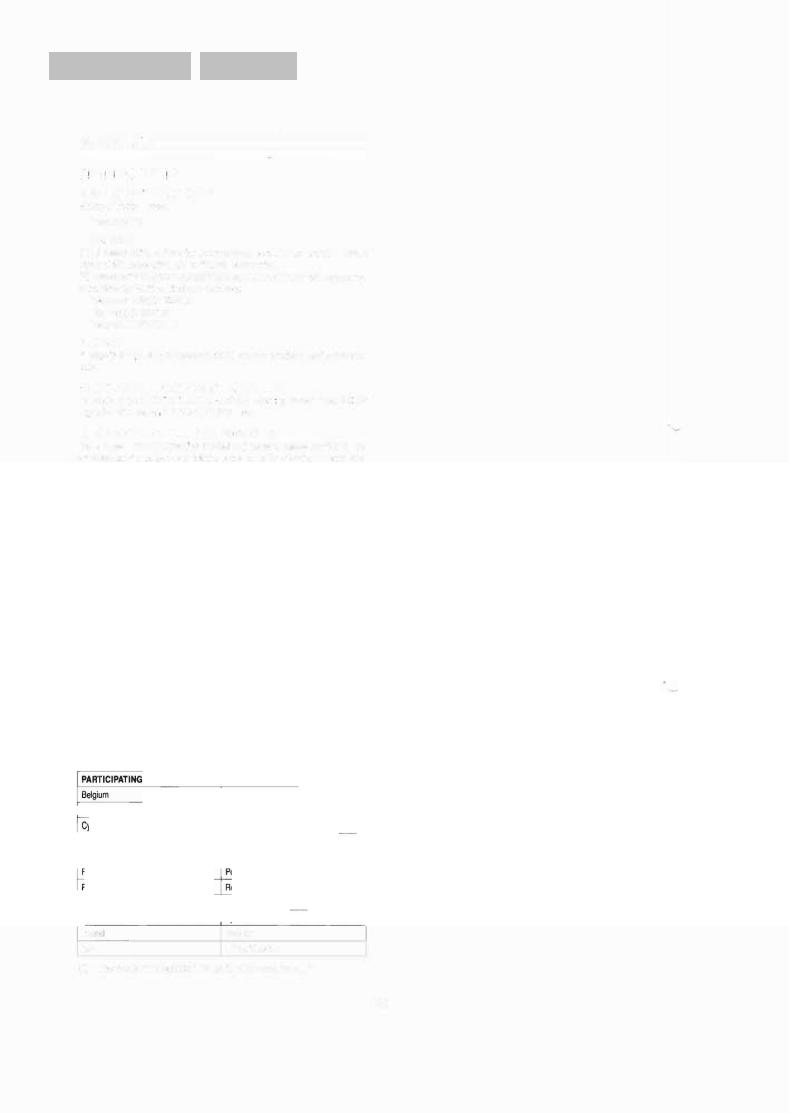

CONTENTS LIST |
|
INDEX |
|
|
|
SLOVENIA
KOPER
UNCTAD LOCODE: SI KOP
Pilots and Port
CONTACT DETAILS:
Pilots
VHF Frequency: Ch 16; 08
Telephone: +386(O}56300160
E-mail: piloti.koper@siol.net
Port
VHF Frequency: Ch 16; 08
Telephone: +386(0)56656100
Fax: +386(O}5 6395020
E-mail: portkoper@luka-kp.si
Website: www.luka-kp.si
HrMr
Telephone: +386(0)56632106
Fax: +386(0)5 6632110
HOURS: H24
PROCEDURE:
(I) Pilotage is compulsory for all vessels over 500 GT and is available H24.
(2) Notice of ETA: Vessels should send ETA 7 days, 72h, 48h and 24h prior to arrival.
(3) Pilot boards in the vicinity 01 the Fairway Lt buoy (45°33'·90N13°42'·30E).
Tugs
CONTACT DETAILS:
VHF Frequency: Ch 08
Telephone: +386(0)56656318
+386(0)5 6656381
Fax: +386(0)5 6656318
HOURS: H24
NOTE:
Tugs are operated by Adriatow d.o.o., Koper.
SOMALIA
BERBERA
UNCTAD LOCODE: so BBO
Pilots and Port
CONTACT DETAILS:
Port Control
Call: Berbera Port Control
VHF Frequency: Ch 16; 12
RT Frequency (kHz): 8220
HrMr
Telephone: +2522446187
Port Manager
Telephone: +2522446093
Port Authority
Telephone: +2522740333 +252 8252268 +2522150110
Fax: +2522740224 +2522743301
E-mail: bpartadm@telesom.net ptport@telesom.net
HOURS: H24
PROCEDURE:
(1) Pilotage Is compulsory for vessels over 200 GT.
(2) Notice of ETA: Vessels should send their ETA 48h in advance by cable to the agency/Port of Berbera who will inform the Port Authority.
327
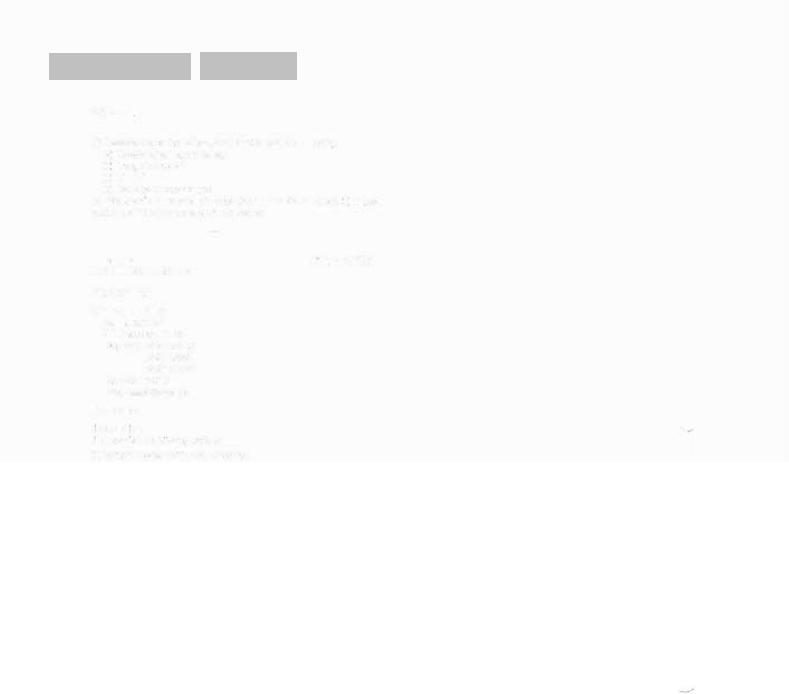

CONTENTS LIST |
|
INDEX |
|
|
|
SOMALIA
Port
CONTACT DETAILS:
Call: Muqdisho (Mogadishu) Port Control
VHF Frequency: Ch t6 70
Telephone: +252 t 3008t
+252 t 30083
Telegraph: SOMPORT MOGADISHU
PROCEDURE:
Vessels will be assigned an anchorage or given berthing instructions by Muqdisho (Mogadishu) Port Control on VHF Chs t 6 and 70.
SOUTH AFRICA
GENERAL NOTES
ISPS DESIGNATED AUTHORITY:
Maritime Rescue Co-ordination Centre (MRCC) Cape Town.
Telephone: +27(0)2t 9383300
Fax: +27(0)2t 9383309
E-mail: mrcc.ct@samsa.org.za
ETA INFORMATION:
(t) Vessels should send ETA at least 72h in advance (excluding Sun and public holidays) stating:
(a) Vessel'sdraught (fore and aft), length and freeboard
(b) Details of any dangerous cargo
(c) Type and quantity of cargo to be shipped, landed or transhipped
(d) Bunker and other requirements
(e) Factors which may affect vessel'ssafe entry or berthing
(f) If vessel is engaged in towing or salvage (If so further details will be required)
(2) Vessels should send ETA to the appropriate Port Control on VHF Ch 16 when wtthin 20 n miles of their destination.
(3) All vessels at anchor within, or near, the limtts of a South African port are required to maintain a continuous listening watch on VHF Ch 16.
SHIP REPORTING SYSTEMS (SAFREP AND SAMSA):
For details see:
(1) SOUTH AFRICA - SHIP REPORTING SYSTEM (SAFREP)
(2) SOUTH AFRICA - SHIP REPORTING SYSTEM (SAMSA)
DURBAN
UNCTAD LOCODE: ZA OUR
See diagram DURBAN VESSEL TRAFFIC SERVICE.
Pilots
CONTACT DETAILS:
VHF Frequency: Ch 16; 09111314
HOURS: H24
PROCEDURE:
(1) Pilotage is compulsory except for vessels exempted by law.
(2) Pilot boards in position 29°50'·10S31°04'·90E(2 n miles NNE of harbour entrance).
Vessel Traffic Service
AREA:
Radar and VHF Radio Stations are installed at the Port ControlNTS Centre to improve the navigational safety wtthin the Port Conlrol limits. Radar covers a radius of about 25 n miles offshore.
DESCRIPTION:
This VTS System is mandatory for Ihe following vessels:
(1) Vessels of 15m or more in length
(2) Towing vessels where the tow is 15m or more in length, or the overafl length of vessel and low is 30m or more
(3) Any passenger carrying vessels
(4) All vessels carrying dangerous or pollutant cargoes
329
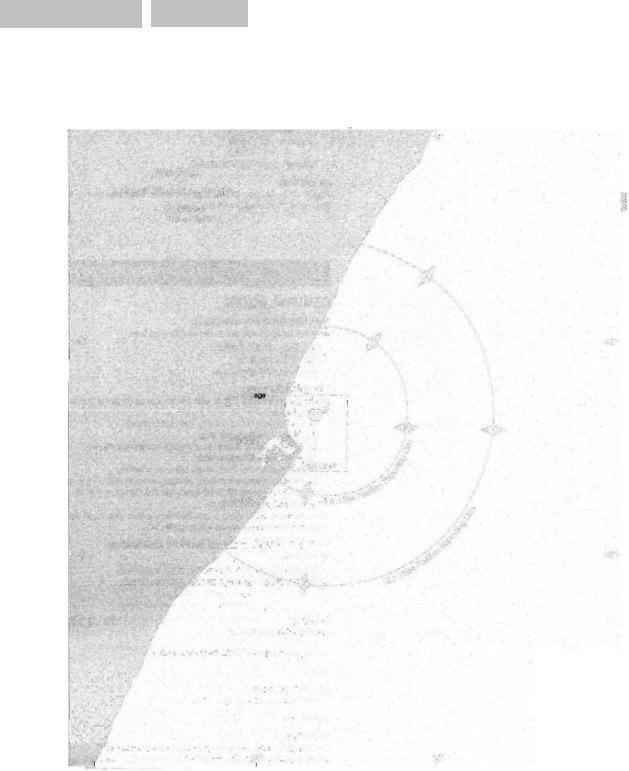

CONTENTS LIST |
|
INDEX |
|
|
|
SOUTH AFRICA
CONTACT DETAILS:
Call: Durban Port Control
VHF Frequency: Ch 09 16
Helicopters
VHF Frequency: Ch 13
HOURS:H24
PROCEDURE:
(I) Vessels are required to report the following information:
(a) Vessel'sname
(b) Call sign, GT, LOA and draught
(c) Position
(d) ETA at Reporting Point of vessel entering the VTS Zone
(e) Destination
(f) ETA at destination
(g) Whether any pollutant or dangerous cargo is carried on board, or carried on any vessel or object being towed or pushed
(h) ETD from aberth
(i) ETA at a location requiring a report (such as a Reporting Point) Ul Suitability of vessel for the transfer of Pilot by helicopter
(2) The above information must be reported as follows, when:
(a) Entering a VTS Zone: Vessels must apply for Traffic Clearance 15 mins before entering a VTS Zone, stating (a) - (g) in (I) above
(b) Arriving at a Reporting Point (RP): On arrival at a Reporting Point, vessels must report (a), (c) and (i) in (I) above
(c) Arriving at a Berth: As soon as practicable, after arrival, vessels must report
(a) and (c) in (I) above
(d) Departing a Berth: Vessels must apply for Traffic Clearance 15 mins prior to departing a berth, stating (a) - (c) and (e) - (h) in (I) above
(e) Immediately prior to departing a berth, vessels must report (a), (c) and (i) in (1) above
(f) Vessel Manoeuvres: Vessels must apply for Traffic Clearance 15 mins prior to commencing any manoeuvre listed below, stating (a) and (c) in (1) above. Listed manoeuvres:
(i) Compass adjustment
(ii) The calibration and servicing of navigational aids (iii) Asea trial
(iv) Adredging operation
(v) The laying, picking up and servicing of a submarine cable or navigation mark
(vi) Any other manoeuvre that may be detrimental to safe navigation
(g) As soon as possible after the manoeuvre Is completed, a description of the manoeuvre Oust completed) must be communicated to the VTS Centre
(3) Incident Reports: Vessels should immediately report any of the following (stating
(a) and (c) in (1) above):
(a) An onboard fire, that may impair safe navigation
(b) The involvement of the vessel in a collision, grounding or striking that may impair safe navigation
(c) Any defect to the vessel'shull, main propulsion equipment, steering, radars, compasses, radio equipment, anchors or cables that may impair safe navigation
(d) Any discharge or threat of discharge of a pollutant from the vessel
(e) Another vessel in apparent difficulty
(f) The presence of any other vessel which may impede the movement of other vessels
(g) Any obstruction to navigation
(h) Any aid to navigation that is functioning improperly, damaged, out of position or missing
(i) The presence of any pollutant in the water
Ul Any weather condition that may impair safe navigation
Note: Items (g), (h) and (i) need not be reported if the information has been previously reported by Notices to Mariners or Coastal Navigational Wamings.
(4) VHF Equipment Failure: In the event of VHF radio failure, the VTS Centre should be alerted as soon as possible, by sending a message through a Coast Radio Station (CRS), or another vessel, or by other means, stating that there is a failure, giving the vessel'sposition and destination.
(5) Listening Watch: All vessels in South African waters are to maintain a constant listening watch on VHF Ch 16, unless in the area of the VTS System when the watch should be on VHF Ch 09. VHF Ch 16 should be monitored if a Dual Watch facility is available.
331
